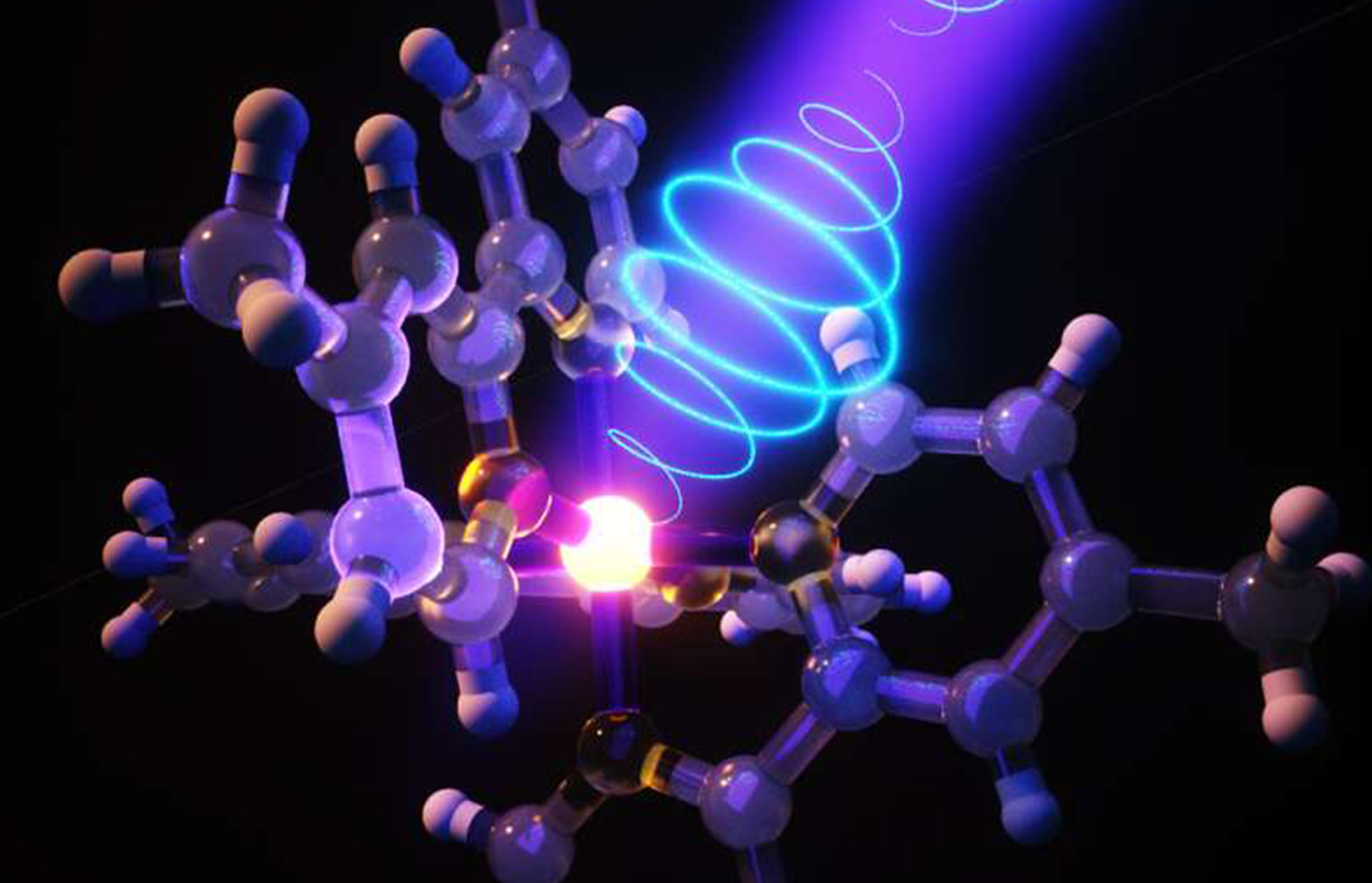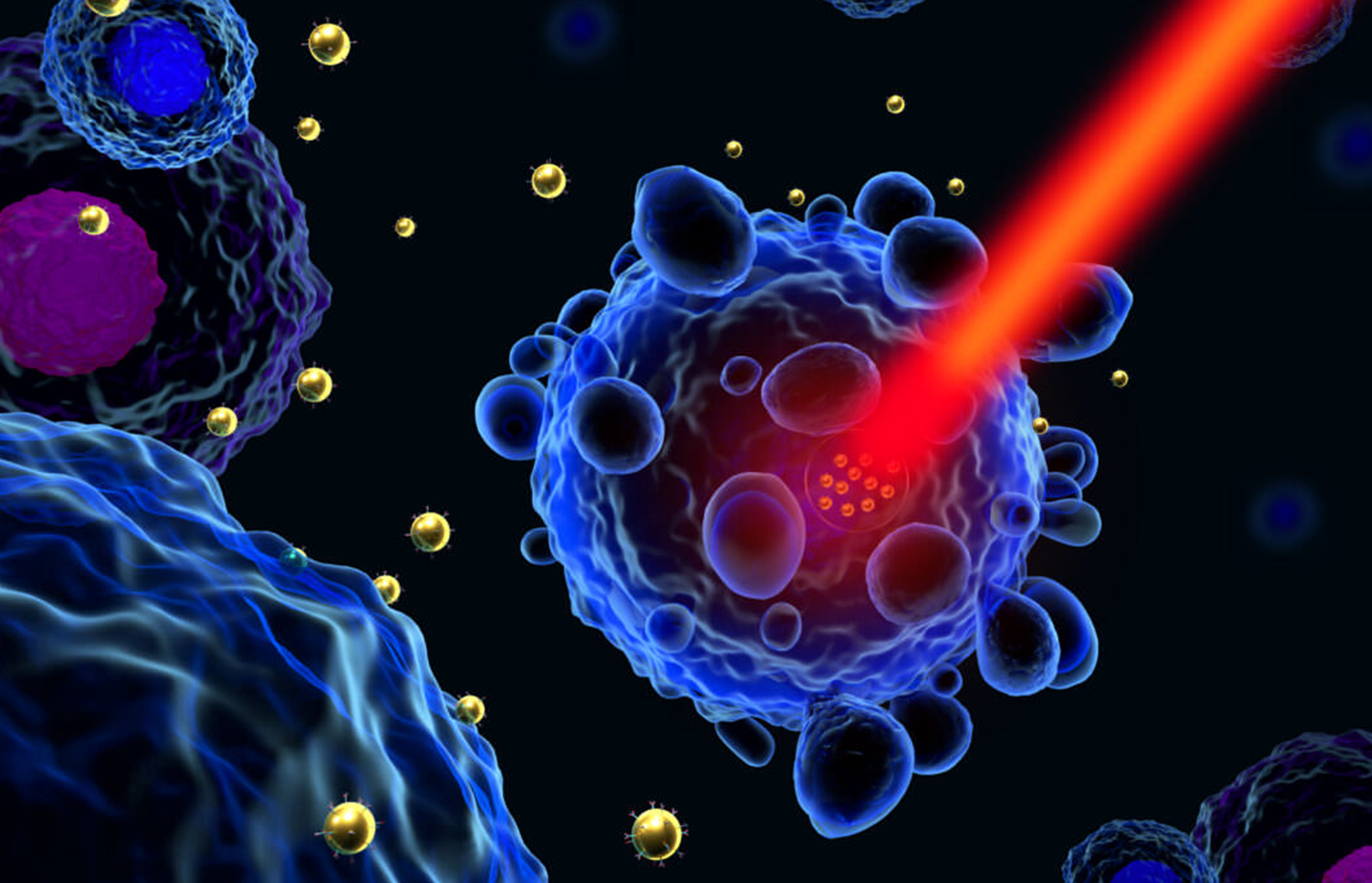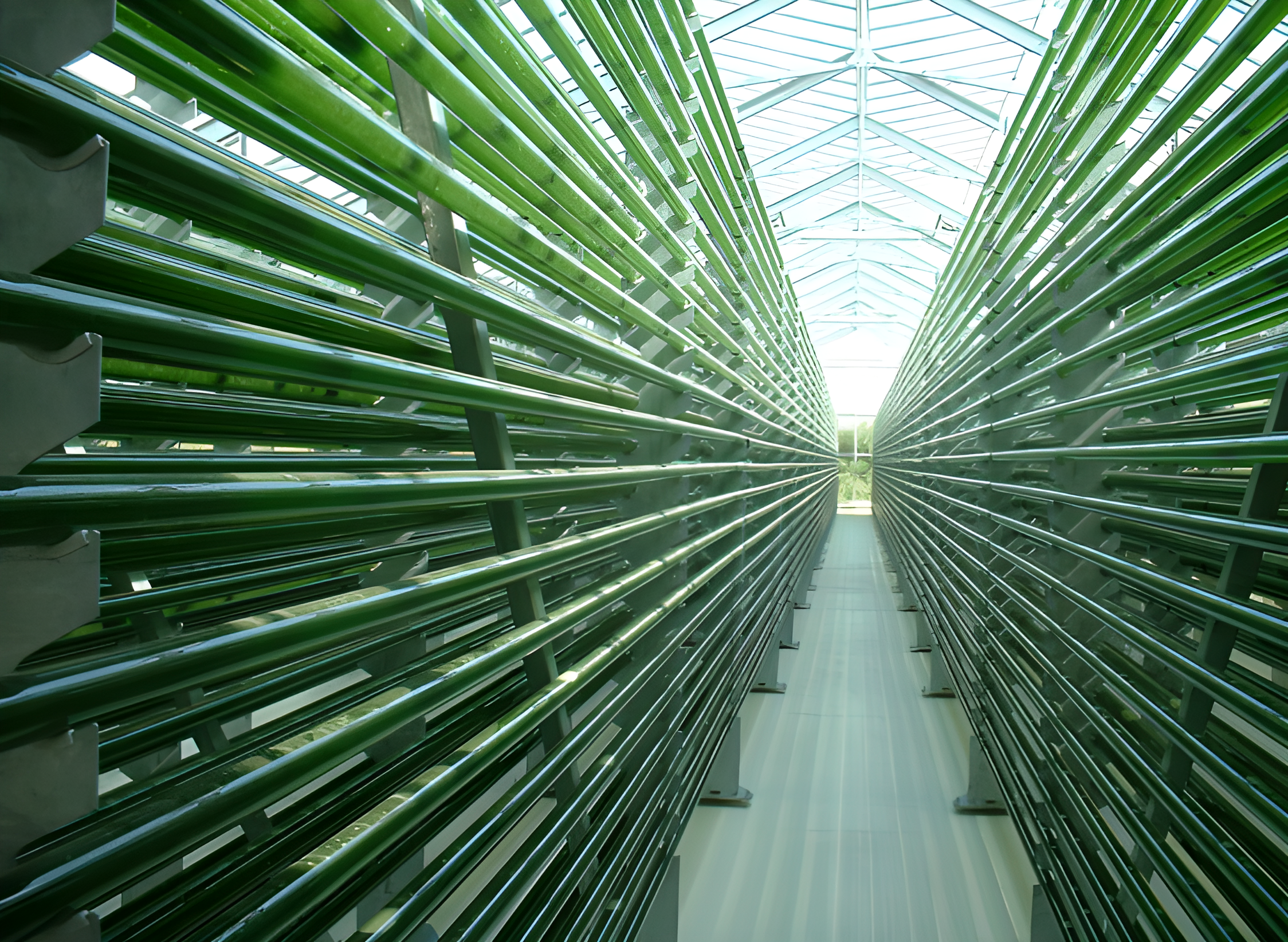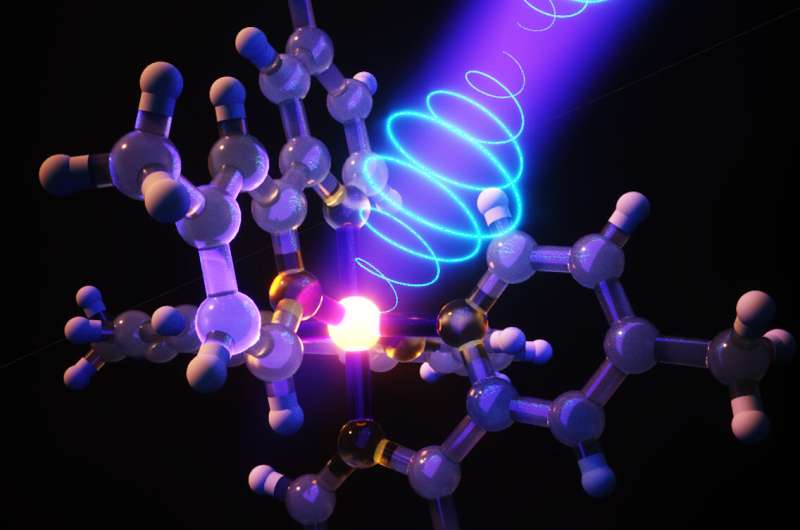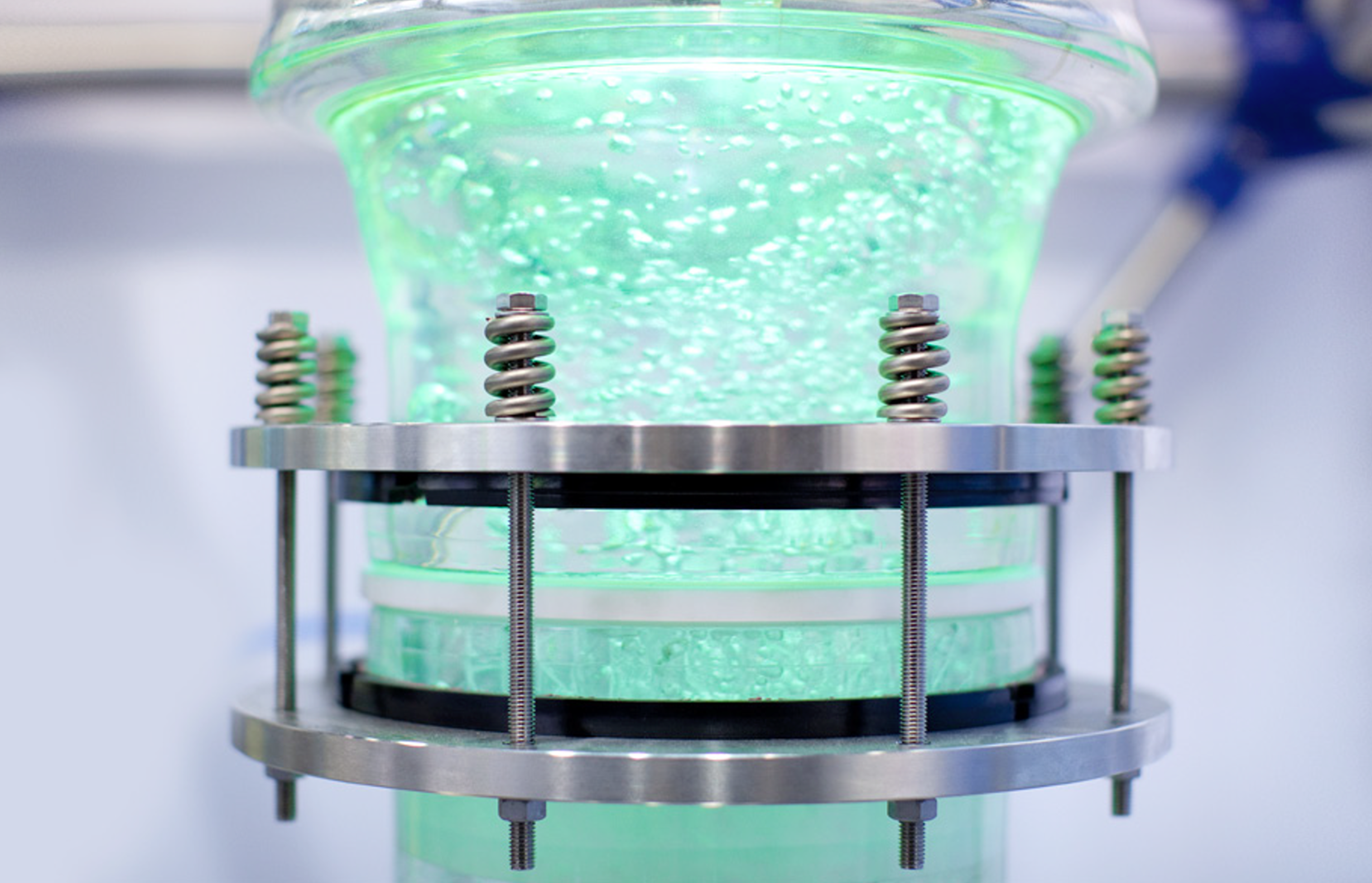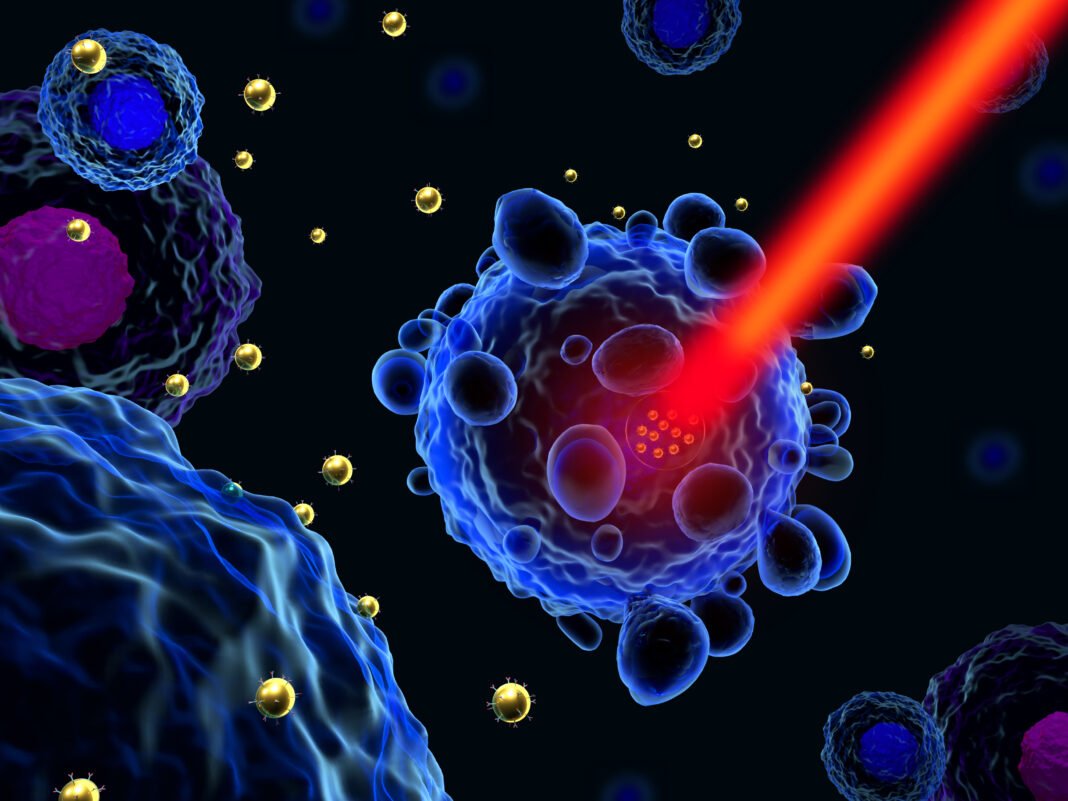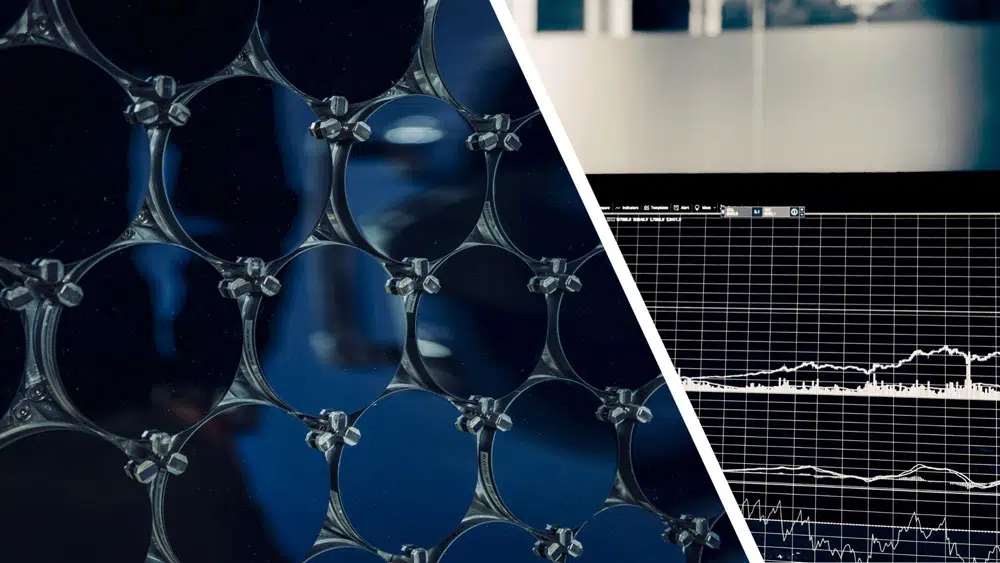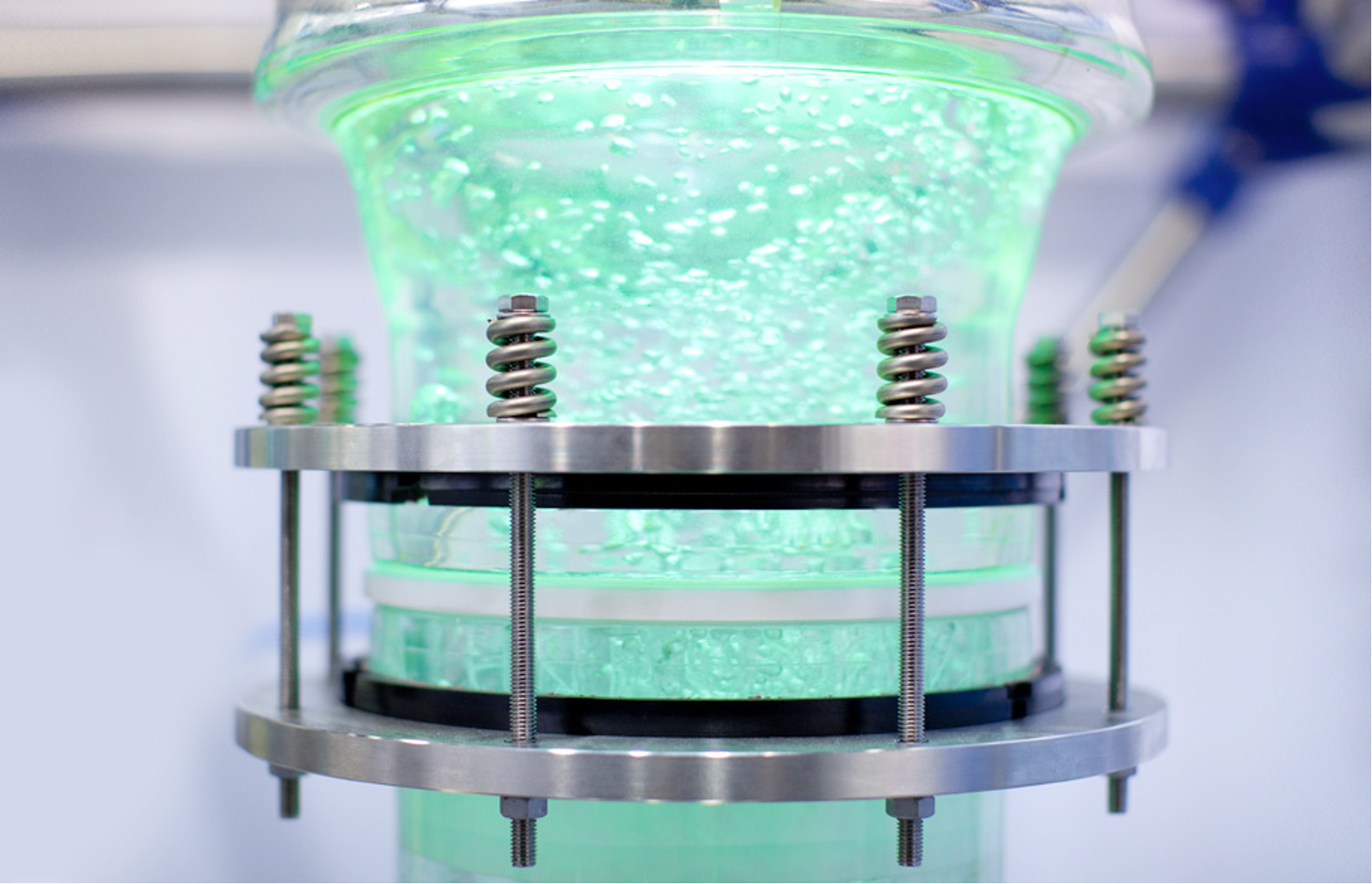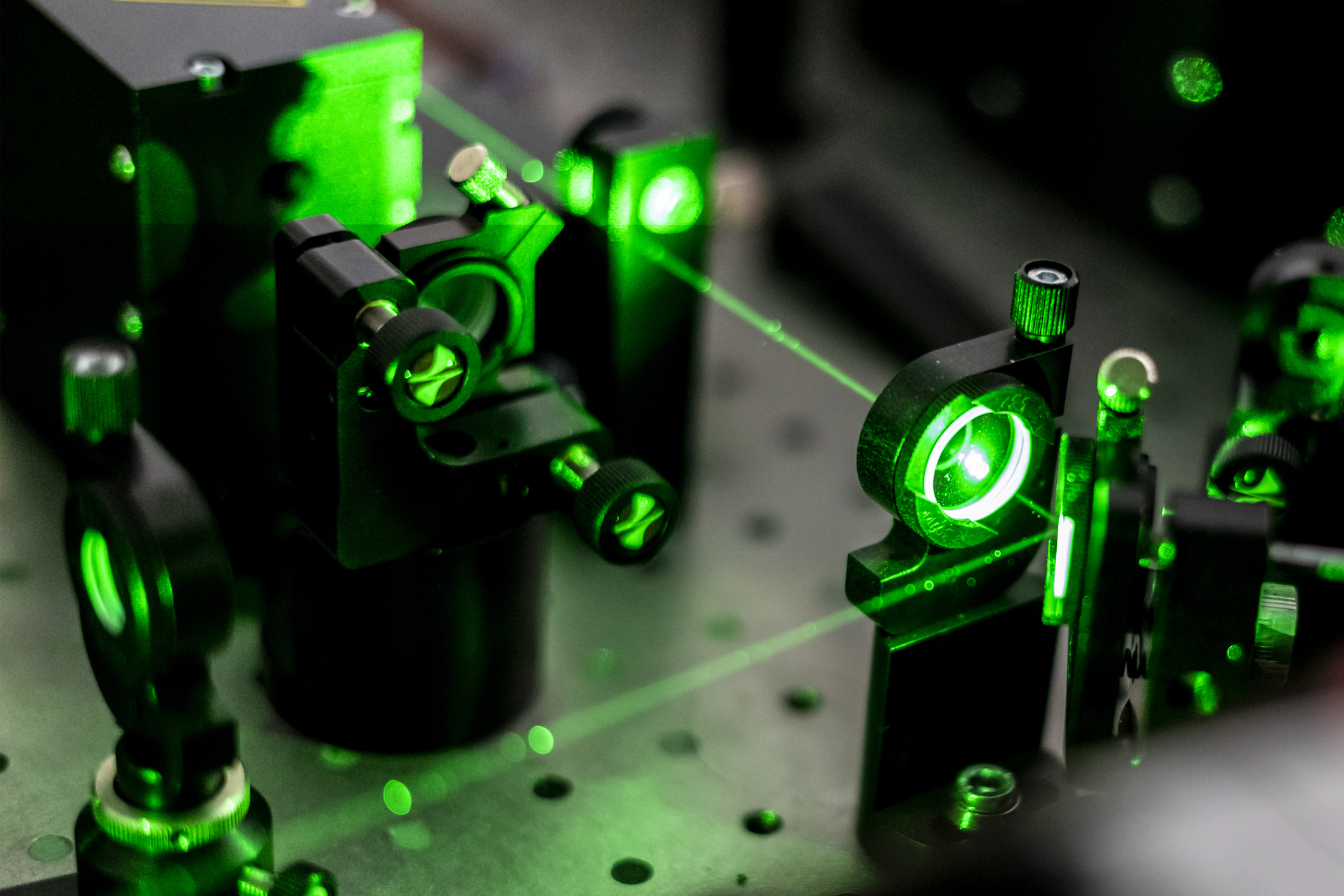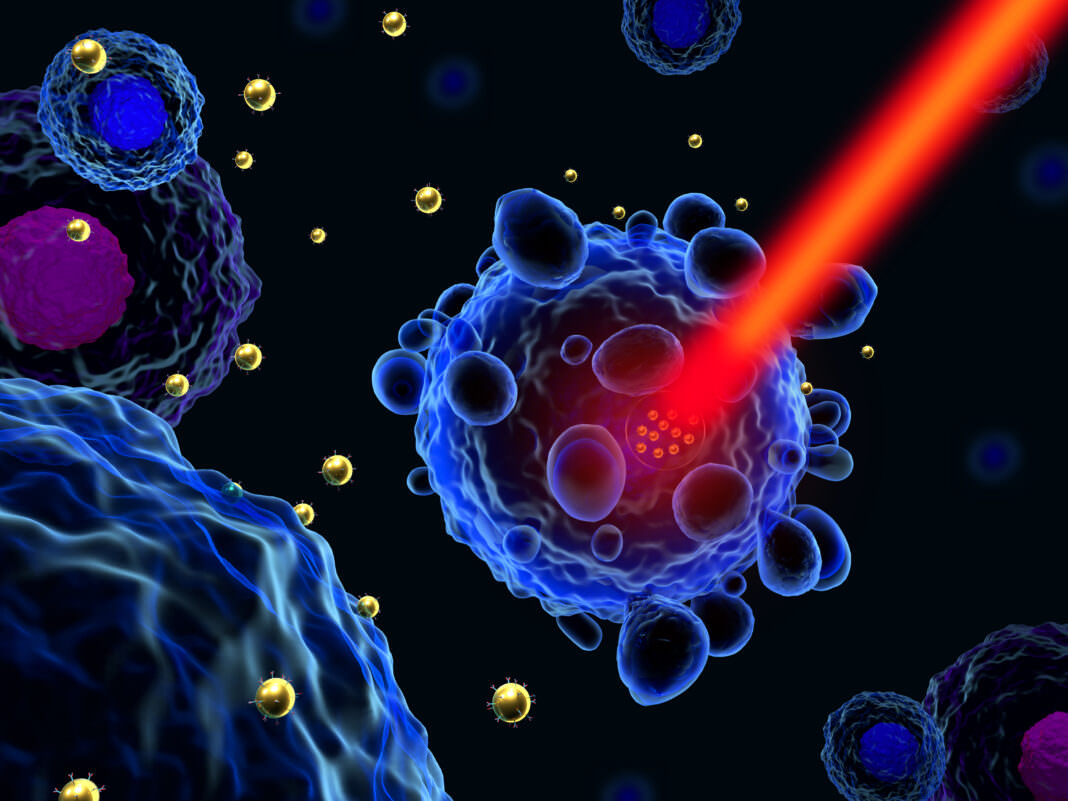
FLASH Projet
© kjpargeter
From laser-excited-states to heterogeneous material dynamics
Keywords
Ultrafast laser; Structuration; Photoexcitation; Electromagnetic propagation; Nonlinear photonics; Dielectrics; Porosity; Density Functional Theory; Maxwell-Bloch Equations; Hydrodynamics

Summary
In the field of micro- and nanotechnologies, tools for structuring materials at micro- and nanoscale levels are essential. Ultrashort laser processing stands out as a key solution due to its extremely precise structuring capabilities. To enhance its effectiveness, it is necessary to control various parameters (wavelength, fluence, repetition rate, pulse duration, etc.) to adapt the beam to the specific responses of the materials. This requires a deep understanding of fundamental electronic processes, coupled with beam propagation, which determines energy deposition distribution, as well as thermal and hydrodynamic relaxation mechanisms.
The FLASH project, a collaboration between LabHC at UJM and SMMS at CEA/CESTA, tackles these challenges through three complementary research axes combining ab initio approaches, photonics, and material response under non-equilibrium conditions to design predictive tools capable of optimizing laser structuring processes for three distinct dielectrics: silica, alumina, and zirconia.
Read more
The first axis focuses on modeling electronic photoexcitation using Density Functional Theory (DFT). This approach enables the description of electronic structure dynamics under ultrashort pulses. A Maxwell-Bloch-type approach incorporating this excited band structure will be used to calculate transition dipole moments specific to each material. The ultrafast, nonlinear material
responses thus obtained will then provide optical coupling data for the other axes of the project. The other two axes will be highly complementary: the second targets the anisotropic growth of photoinduced nanopores in a multi-pulse regime (Type II – intermediate intensity), while the third addresses the influence of transiently formed (Type III, high intensity) or preexisting microporosities to achieve a multi-scale understanding of effects related to heterogeneities
Axis 2 explores the inhomogeneous energy deposition in dielectric materials at the nanoscale, focusing on nanoporosity effects. Laser absorption generates thermal gradients that alter the structure and local optical indices. Using space- and time-resolved electromagnetic simulations, the absorbed energy distributions will serve as a basis for evaluating structural effects, polymorphic phase transitions, and nanoscale structuring. This axis examines organized nanometric patterns (birefringence and polymorphism) with potential applications in nanoscale information storage.
Axis 3 concentrates on laser-matter interaction at higher intensity, analyzing the dynamic responses induced by the high pressures generated in the focal area where micropores appear. Coupled models of propagative optics and fluid dynamics will be used to study thermomechanical relaxation phenomena, revealing the response of structured materials under extreme constraints. By integrating effects at different scales, this axis aims to simulate the propagation, diffusion, and attenuation of shock waves based on pore density, size, and geometry. This approach will improve the understanding of deformation mechanisms in porous structures, their effects on material relaxation dynamics, and ultimately assess the mechanical strength of pre-structured materials.
By combining these three axes, the FLASH project aims to develop a database and open digital tools for the community, capable of predicting laser-matter interactions and transforming laser manufacturing processes. This predictive model will optimize 3D photonic applications, particularly for transport, data storage, and mechanical resistance, paving the way for new technological advancements.
Consortium
LabHC • Saint-Etienne
Laboratoire Hubert Curien
Jean-Philippe Colombier, Elena Kachan, Anton Rudenko
CESTA • Le Barp
Centre d’étude de systèmes et de techniques avancés
Guillaume Duchateau, Sébastien Guisset





Publications
Conference papers
- Jean-Philippe Colombier, Aram Melkonyan, Arshak A Tsaturyan, Razvan Stoian, Elena Kachan. Revealing nonequilibrium pathways in ultrafast laser-silica interaction via first-principles modeling. Progress in Ultrafast Laser Modifications of Materials, Jun 2025, Villars-sur-Ollon, Switzerland. ⟨ujm-05214752⟩
- Jean-Philippe Colombier, Aram Melkonyan, Arshak A Tsaturyan, Razvan Stoian, Elena Kachan. Atomistic insights into ultrafast laser-driven dynamics for silica nanostructuring. The 9th International Congress on Laser Advanced Materials Processing, Jun 2025, Ise-city, Mie-prefecture, Japan. ⟨ujm-05214778⟩
Les autres projets PEPR
